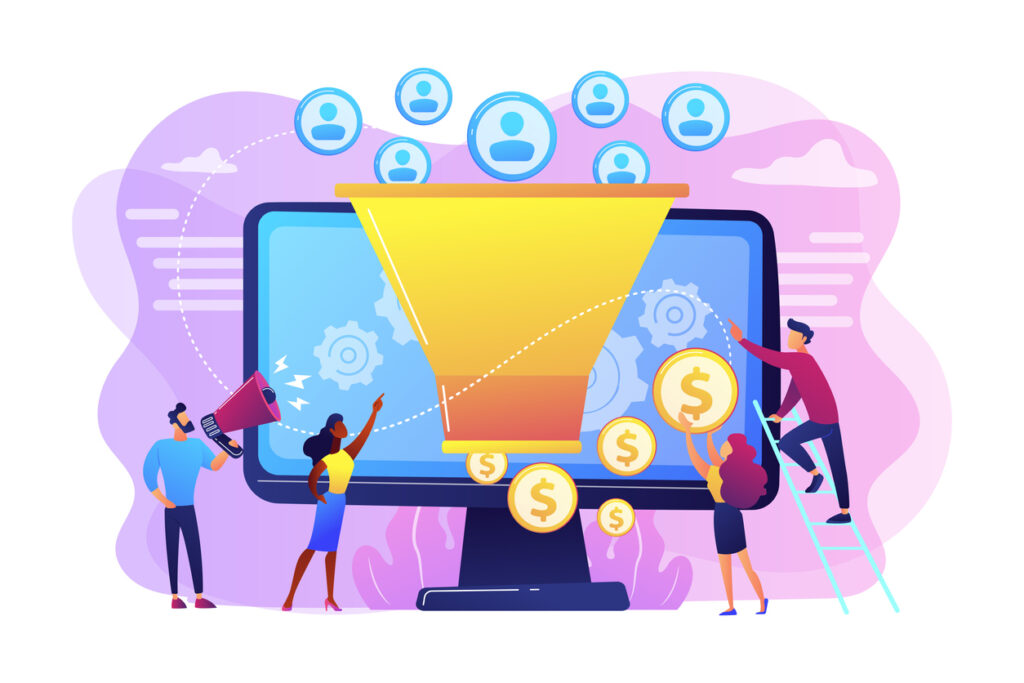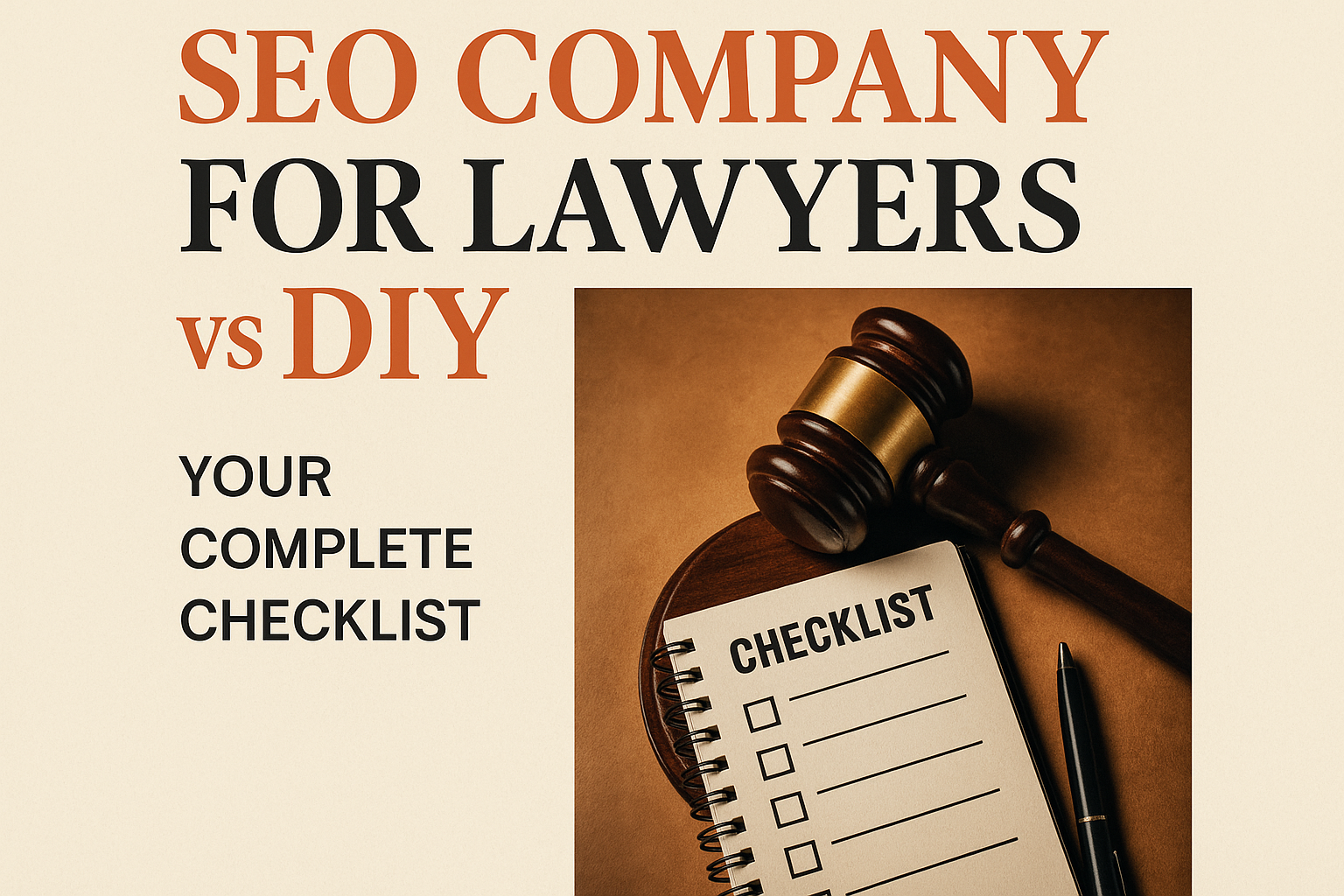Sales funnels are key to any business’s success. They streamline the process of attracting, engaging, and converting potential customers. In this ultimate guide to sales funnels, we’ll break down what they are, why they are crucial, and how to create one that yields impressive results.
Understanding Sales Funnels
So, what are they? These are steps that guide potential customers through their buying journey, from the first point of contact to the final purchase. The term ‘funnel’ comes from the fact that many prospects enter the top of the funnel, but only a few reach the end, becoming loyal customers.
Sales funnels help businesses predict, understand, and cater to their customers’ needs at every stage of the buying journey. They provide a roadmap for businesses to create tailored marketing strategies that effectively engage potential customers.
Importance of Sales Funnels
Here are a few reasons why they’re vital to capturing leads:
- Understanding Customer Behavior: Enabls businesses to map out the buyer’s journey, giving insights into customers’ behaviors, needs, and motivations at each stage.
- Predicting Volume: With a well-structured funnel, businesses can predict the number of prospects likely to become customers. This helps in strategic planning and resource allocation.
- Improving Conversion Rates: By tailoring marketing strategies to meet customer needs at each stage, businesses can improve their conversion rates and increase revenue.
- Identifying Weaknesses: Highlight stages where potential customers drop off, helping businesses identify and address weaknesses in their sales process.
Key Stages
Sales funnels typically comprise four main stages: Awareness, Interest, Decision, and Action, commonly referred to as the AIDA model.
- Awareness: This is the first stage where potential customers encounter your business. Strategies like content marketing, SEO, and social media marketing can help generate awareness about your products or services.
- Interest: Once prospects are aware of your business, the goal is to spark their interest. You can nurture their interest by sharing valuable information, offering educational content, or addressing pain points.
- Decision: At this stage, prospects are ready to make a decision. You need to make your offering irresistible with great deals, bonus items, or exclusive discounts.
- Action: This is the final stage where prospects turn into customers. Your aim is to make the purchase process as smooth as possible and provide excellent customer service to encourage repeat business.
Building Effective Sales Funnels
Now, how do you build an effective sales funnel? Here are some steps:
- Understand Your Target Audience: Start by defining and understanding your target audience. What are their needs, desires, and pain points?
- Create Attractive Content: Develop content that attracts and engages your audience. This could be blog posts, videos, webinars, or social media content.
- Develop a Lead Magnet: A lead magnet, like a free eBook or a discount, can encourage prospects to share their contact information. This allows you to nurture them through the funnel.
- Nurture Leads: Regularly engage your leads with helpful and relevant information to keep your business at the top of their minds.
- Close the Sale: Once the prospect is ready, close the sale. Make sure your sales process is streamlined and user-friendly.
- Delight Customers: Continue engaging with your customers even after the sale. This could lead to repeat business and referrals.
Optimizing
After creating your sales funnel, you’ll need to optimize it. Monitor each stage to understand where potential customers are dropping off and identify opportunities for improvement. A/B testing different strategies can help determine what works best for your audience. Continuous optimization is key to a successful funnel.
Sales funnels are critical for driving business growth. They provide a structured approach to understanding and addressing customer needs at each stage of the buying process. By building and optimizing your funnel, you can increase conversion rates, boost sales, and improve customer satisfaction.
Remember, the effectiveness of your funnel hinges on understanding your customers, offering valuable content, and maintaining engagement at every stage. By taking these steps, you’ll be on your way to creating a highly effective sales funnel.




